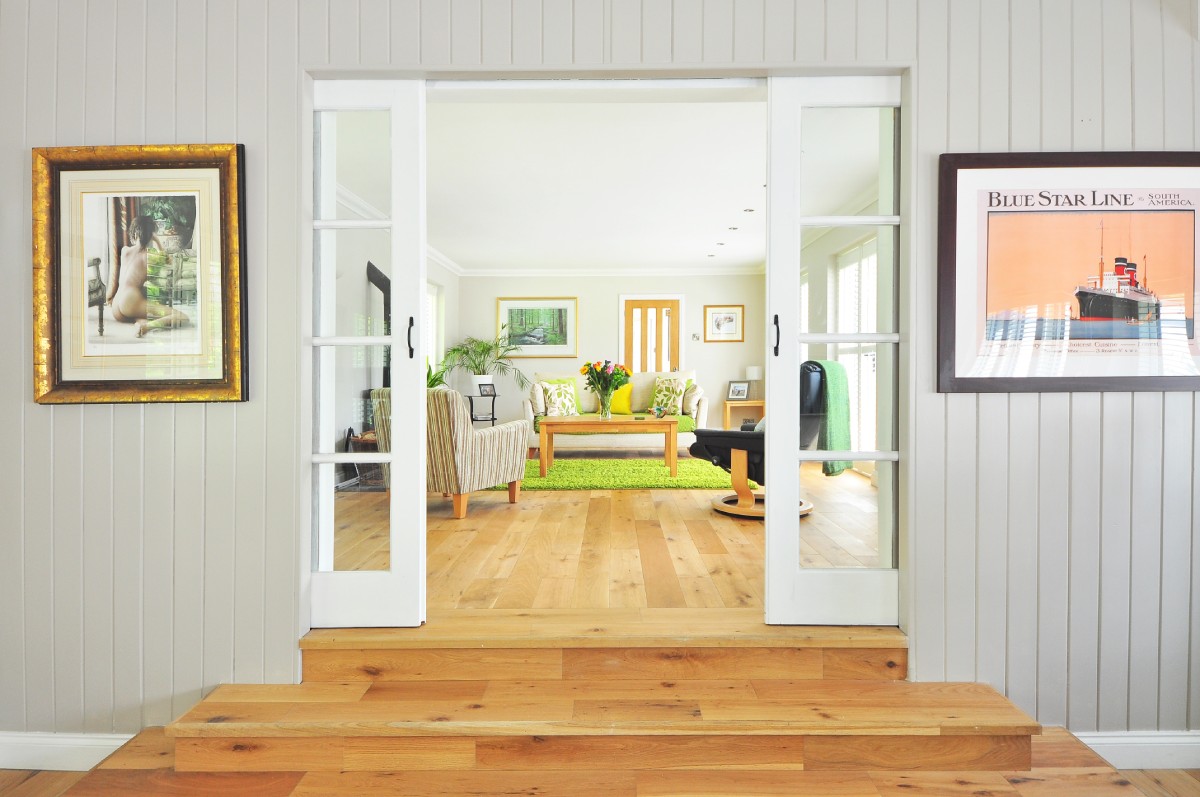Introduction
Building practices have a significant impact on the environment, making sustainable building an essential approach for creating eco-friendly homes. By choosing sustainable materials, we can contribute to a greener future while enjoying numerous benefits. In this section, we will explore the importance of sustainable building practices and highlight the advantages of using sustainable materials in home construction.
Embracing Sustainable Building Practices
Sustainable building practices prioritize environmental responsibility, resource efficiency, and long-term sustainability. By adopting these practices, we can minimize the negative impact of construction on ecosystems, reduce energy consumption, and create healthier living environments.
Building sustainably involves considering every aspect of the construction process, from material selection to design, energy efficiency, and waste management. It’s a holistic approach that aims to create homes that are both environmentally friendly and comfortable to live in.
Benefits of Using Sustainable Materials
Using sustainable materials in home construction offers a wide range of benefits for homeowners, the environment, and society as a whole. Let’s explore some of these advantages:
Reduced Environmental Impact
Sustainable materials are sourced and manufactured using environmentally friendly practices. They are often renewable, recyclable, or made from recycled content. By choosing these materials, we help conserve natural resources, reduce carbon emissions, and minimize waste generation.
Energy Efficiency
Sustainable materials contribute to energy-efficient homes. They offer excellent insulation properties, reducing heat loss in winter and heat gain in summer. This results in lower energy consumption for heating and cooling, leading to reduced utility bills and a smaller carbon footprint.
Improved Indoor Air Quality
Many sustainable materials are low in volatile organic compounds (VOCs) and other harmful chemicals. This helps create healthier indoor environments by reducing the release of pollutants that can negatively affect air quality and the well-being of occupants.
Durability and Longevity
Sustainable materials are often known for their durability and longevity. They are designed to withstand environmental stresses, ensuring a longer lifespan for the building. This reduces the need for frequent maintenance, repairs, and replacements, saving both money and resources in the long run.
Increased Property Value
In today’s market, there is a growing demand for eco-friendly homes. By incorporating sustainable materials, your property’s value can increase. Many homebuyers recognize the long-term benefits of sustainable features, making your home more attractive and marketable.
Contributing to a Sustainable Future
By choosing sustainable materials, you become part of a larger movement towards a more sustainable future. Your decision to build with eco-friendly materials encourages the industry to prioritize sustainable practices and inspires others to make conscious choices in their construction projects.
Understanding Sustainable Materials
In order to build an eco-friendly home, it’s important to have a good understanding of sustainable materials. In this section, we will explore the definition and characteristics of sustainable materials, discuss different types of sustainable materials available for construction, and delve into the environmental impact of traditional construction materials.
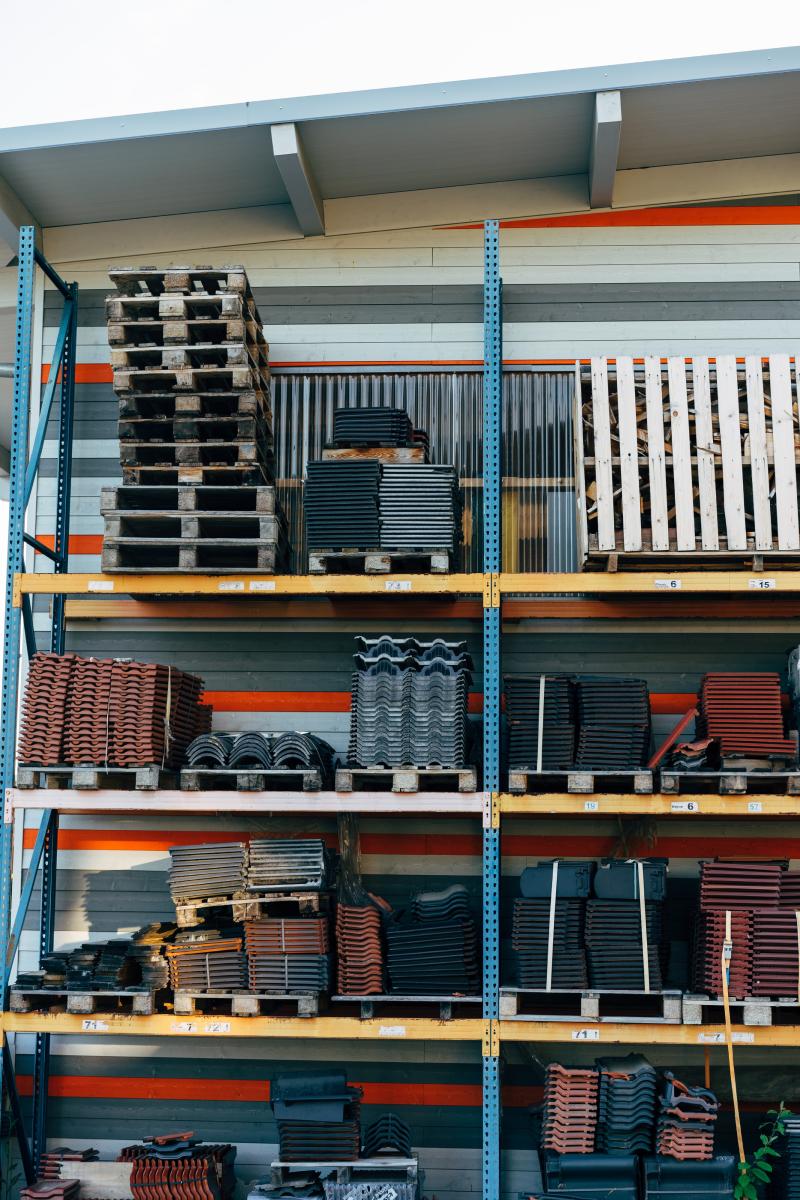
Definition and Characteristics of Sustainable Materials
Sustainable materials, also known as green or eco-friendly materials, are those that have a reduced impact on the environment throughout their lifecycle. These materials are sourced, produced, used, and disposed of in ways that minimize environmental harm. They are designed to be resource-efficient, renewable, recyclable, and non-toxic.
Sustainable materials possess several key characteristics:
Renewable and Recyclable
Renewable materials come from rapidly renewable sources, such as bamboo or cork, which can replenish quickly. Recyclable materials can be processed and reused, reducing the demand for new raw materials and minimizing waste.
Low Embodied Energy
Embodied energy refers to the total energy consumed during the extraction, processing, manufacturing, and transportation of a material. Sustainable materials often have a lower embodied energy, as they require less energy-intensive processes.
Non-Toxic and Low VOC Emissions
Sustainable materials prioritize occupant health by being non-toxic and emitting low levels of volatile organic compounds (VOCs). VOCs are harmful chemicals that can contribute to poor indoor air quality and negatively impact human health.
Durable and Long-Lasting
Sustainable materials are designed to be durable and have a long lifespan. They can withstand wear and tear, reducing the need for frequent replacements and minimizing waste generation.
Different Types of Sustainable Materials Available for Construction
A wide range of sustainable materials is available for constructing eco-friendly homes. Let’s explore some of the commonly used types:
Bamboo
Bamboo is a fast-growing renewable resource that can be used for various purposes, such as flooring, cabinets, and furniture. It has excellent strength, durability, and aesthetic appeal.
Recycled Materials
Using recycled materials, such as recycled plastic or reclaimed wood, reduces the demand for new raw materials and diverts waste from landfills. These materials can be used for decking, insulation, and other construction applications.
Sustainable Wood
Sustainable wood, certified by organizations like the Forest Stewardship Council (FSC), is harvested from responsibly managed forests. Choosing FSC-certified wood ensures that it comes from sustainable sources and promotes forest conservation.
Natural Insulation
Natural insulation materials, such as sheep’s wool, cork, or cellulose, provide effective insulation while being environmentally friendly. These materials have low embodied energy and are free from harmful chemicals.
Exploring the Environmental Impact of Traditional Construction Materials
Traditional construction materials, such as concrete, steel, and conventional insulation, can have a significant environmental impact. The extraction of raw materials, high energy consumption during production, and the generation of waste and pollutants contribute to environmental degradation. Concrete production, for example, is responsible for a substantial amount of carbon emissions. Steel production also requires large amounts of energy and contributes to greenhouse gas emissions.
Choosing Sustainable Materials for Your Home
When it comes to creating an eco-friendly home, choosing sustainable materials is key. In this section, we will discuss factors to consider when selecting sustainable materials, explore renewable and recycled material options, and highlight the durability and energy efficiency of sustainable materials.
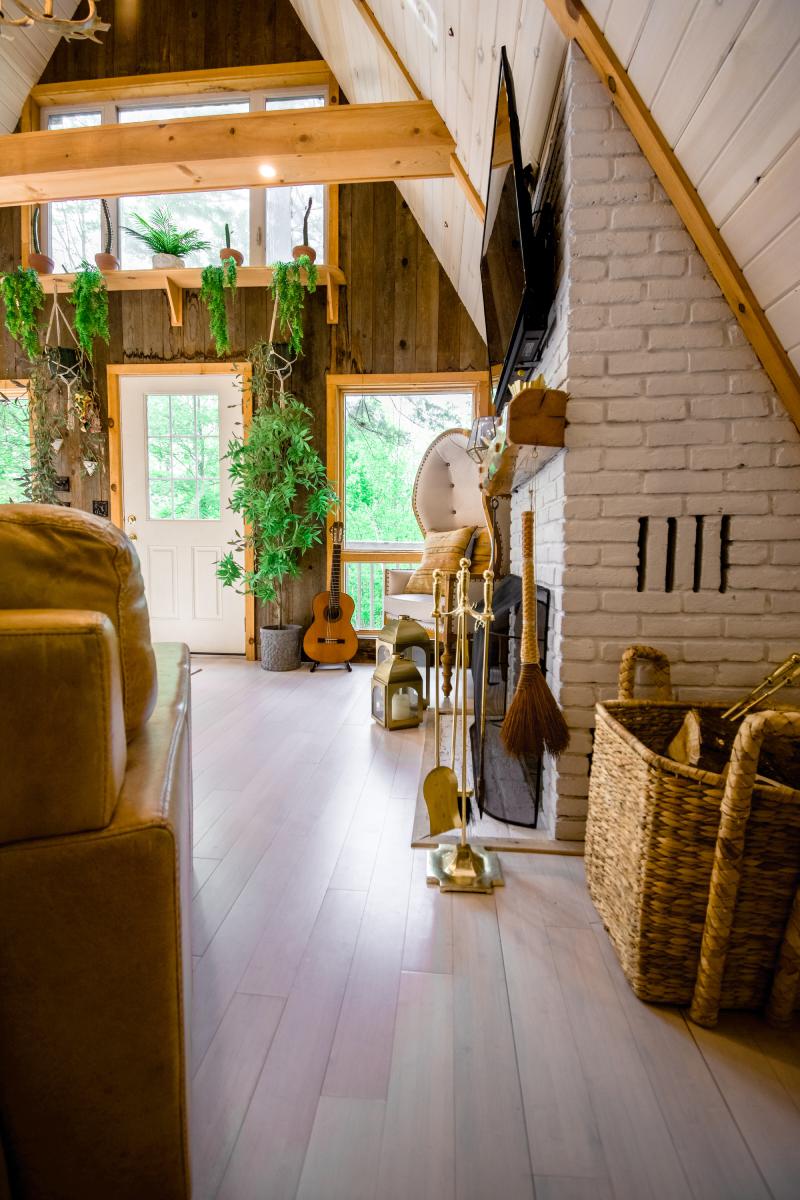
Factors to Consider when Selecting Sustainable Materials
Selecting the right sustainable materials for your home involves considering various factors that align with your goals and priorities. Some important factors to consider include:
Environmental Impact
Evaluate the environmental impact of the materials you’re considering. Look for materials that have a lower carbon footprint, use fewer non-renewable resources, and minimize waste generation.
Resource Efficiency
Choose materials that are resource-efficient. This means selecting materials that require fewer raw materials during production and have a longer lifespan, reducing the need for replacements.
Life Cycle Assessment
Consider the life cycle of the materials, including their extraction, production, use, and disposal. Look for materials that have a positive overall impact throughout their entire life cycle.
Renewable and Recycled Materials Options
One of the primary aspects of sustainable materials is their renewable or recycled nature. Here are some options to consider:
Renewable Materials
Opt for materials made from renewable resources, such as bamboo, cork, or straw. These materials are derived from rapidly renewable sources and can be replenished within a short span of time.
Recycled Materials
Choose materials made from recycled content, such as recycled plastic, glass, or reclaimed wood. These materials divert waste from landfills and reduce the demand for new raw materials.
Salvaged Materials
Consider using salvaged materials from demolition sites or architectural salvage yards. Salvaged materials, such as reclaimed bricks, doors, or fixtures, not only reduce waste but also add character and uniqueness to your home.
Durability and Energy Efficiency of Sustainable Materials
Sustainable materials are known for their durability and energy efficiency, which are important factors in creating an eco-friendly home.
Durability
Select materials that are known for their durability and can withstand the test of time. Durable materials require fewer replacements, reducing waste and the need for additional resources.
Energy Efficiency
Look for materials that contribute to the energy efficiency of your home. This can include materials with high insulation properties, such as natural insulation materials or energy-efficient windows that help maintain a comfortable indoor temperature.
Water Efficiency
Consider materials that promote water efficiency, such as low-flow plumbing fixtures or water-saving landscaping materials. These choices can help conserve water and reduce the overall environmental impact of your home.
By considering these factors and exploring renewable, recycled, and durable materials, you can make informed choices that align with your sustainability goals and create an eco-friendly home that is both environmentally responsible and visually appealing.
Sustainable Design and Construction Practices
To truly create an eco-friendly home, it’s essential to incorporate sustainable design and construction practices. In this section, we will explore the benefits of passive design principles for energy efficiency, strategies for optimizing natural light and ventilation, and the importance of proper insulation and air sealing.
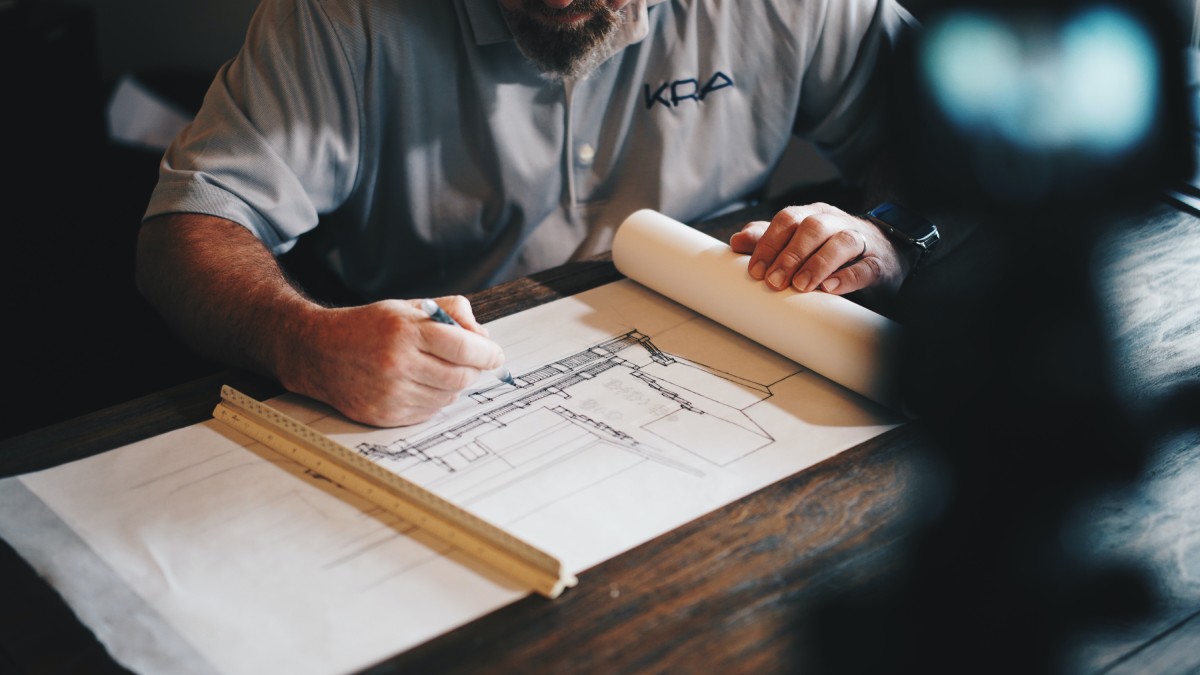
Passive Design Principles for Energy Efficiency
Passive design principles focus on utilizing the natural elements to optimize energy efficiency and reduce the need for artificial heating and cooling. Incorporating these principles into your home’s design can have a significant impact on its sustainability. Some key considerations include:
Orientation and Site Design
Maximize the benefits of solar energy by orienting your home to capture the sun’s warmth in the winter and minimize direct sunlight during the summer. Additionally, consider the surrounding landscape and utilize natural features for shading and wind protection.
Energy-Efficient Windows and Doors
Invest in energy-efficient windows and doors that are properly sealed to prevent heat loss or gain. Opt for double or triple glazing with low-emissivity coatings to improve insulation and reduce reliance on artificial heating or cooling.
Thermal Mass
Incorporate materials with high thermal mass, such as concrete or stone, into your home’s design. These materials absorb and store heat, helping to regulate indoor temperatures and reduce the need for mechanical heating and cooling.
Optimizing Natural Light and Ventilation
Maximizing natural light and ventilation not only reduces the need for artificial lighting and air conditioning but also creates a healthier and more comfortable living environment. Consider the following strategies:
Strategic Window Placement
Place windows strategically to allow for ample natural light while minimizing heat gain or loss. Consider the path of the sun throughout the day and the specific lighting needs of each room.
Skylights and Light Tubes
Introduce skylights or light tubes to bring natural light into areas with limited access to windows. These features can significantly reduce the need for artificial lighting during the day.
Cross Ventilation
Design your home to facilitate cross ventilation by strategically placing windows or utilizing features like atriums or courtyards. This promotes natural airflow, enhancing indoor air quality and reducing the need for mechanical ventilation.
Proper Insulation and Air Sealing
Insulation and air sealing play a crucial role in maintaining a comfortable and energy-efficient home. Here’s why they are essential:
Insulation
Invest in high-quality insulation materials for your walls, roof, and floors. Proper insulation helps regulate indoor temperatures, reducing the need for heating and cooling appliances. It also minimizes heat loss or gain, improving energy efficiency.
Air Sealing
Ensure your home is properly sealed to prevent air leaks. Seal gaps and cracks around windows, doors, and utility penetrations to prevent drafts and heat transfer. Effective air sealing enhances energy efficiency and maintains a more consistent indoor temperature.
Vapor Barrier
Consider installing a vapor barrier, such as a moisture-resistant membrane, to prevent moisture buildup within the walls. This helps protect the integrity of the insulation and prevents potential mold or rot issues.
By incorporating passive design principles, optimizing natural light and ventilation, and prioritizing insulation and air sealing, you can significantly enhance the energy efficiency and sustainability of your home. These practices not only reduce your environmental impact but also create a more comfortable and cost-effective living space.
Energy-Efficient Systems and Technologies
To create an eco-friendly home that is both sustainable and energy-efficient, it’s important to consider the systems and technologies you incorporate. In this section, we will explore sustainable heating, cooling, and ventilation options, the benefits of energy-efficient appliances and fixtures, and the use of renewable energy sources for power generation.
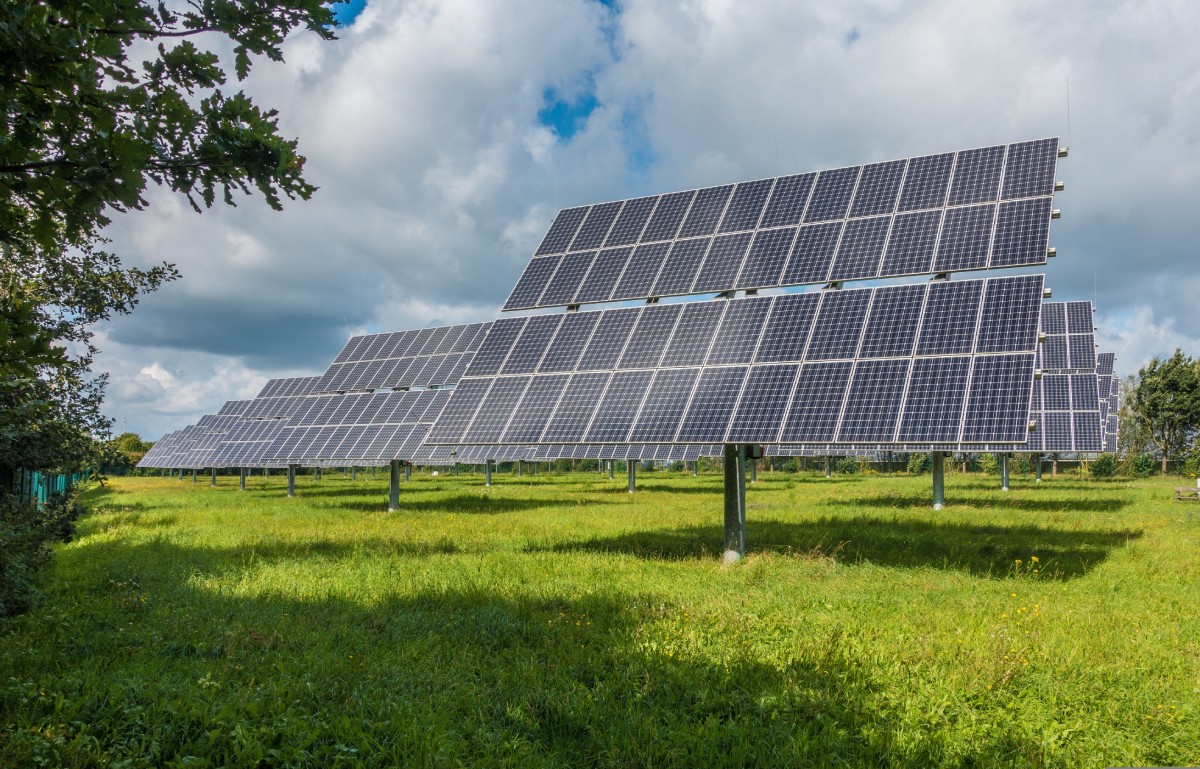
Sustainable Heating, Cooling, and Ventilation Options
Heating, cooling, and ventilation systems have a significant impact on a home’s energy consumption. By choosing sustainable options, you can reduce your environmental footprint while maintaining a comfortable indoor environment. Consider the following options:
High-Efficiency HVAC Systems
Opt for high-efficiency heating, ventilation, and air conditioning (HVAC) systems that are designed to minimize energy consumption. Look for units with high Seasonal Energy Efficiency Ratio (SEER) and Annual Fuel Utilization Efficiency ( AFUE) ratings.
Geothermal Heating and Cooling
Explore geothermal heating and cooling systems, which utilize the stable temperature of the earth to provide efficient heating and cooling. These systems can significantly reduce energy consumption and greenhouse gas emissions compared to traditional HVAC systems.
Natural Ventilation
Design your home to take advantage of natural ventilation. Incorporate features such as operable windows, louvers, or vents to facilitate airflow and reduce reliance on mechanical ventilation systems.
Benefits of Energy-Efficient Appliances and Fixtures
Appliances and fixtures contribute to a home’s energy consumption. By selecting energy-efficient options, you can lower your energy usage and save on utility bills. Consider the following:
Energy Star Appliances
Choose appliances with the Energy Star label, which indicates that they meet strict energy efficiency criteria. Energy Star-rated appliances, such as refrigerators, dishwashers, and washing machines, use less energy and water without sacrificing performance.
LED Lighting
Replace traditional incandescent bulbs with energy-efficient LED lighting. LED bulbs use significantly less energy, have a longer lifespan, and offer a range of color temperatures to suit your needs.
Water-Saving Fixtures
Install water-saving fixtures, such as low-flow showerheads and faucets, as well as dual-flush toilets. These fixtures reduce water consumption without compromising performance or comfort.
Use of Renewable Energy Sources for Power Generation
Harnessing renewable energy sources for power generation is an excellent way to reduce reliance on fossil fuels and decrease greenhouse gas emissions. Consider the following options:
Solar Panels
Install solar panels on your roof or in your yard to generate clean, renewable electricity. Solar panels convert sunlight into usable energy and can significantly offset your home’s energy consumption.
Wind Turbines
If you have sufficient space and live in an area with consistent wind patterns, consider installing a small-scale wind turbine to generate electricity. Wind power is a renewable energy source that can supplement or even fully power your home.
Micro-Hydro Systems
If you have a water source on or near your property, such as a stream or river, a micro-hydro system can generate electricity from the flowing water. This option is particularly suitable for homes in rural or remote areas.
By incorporating sustainable heating, cooling, and ventilation options, choosing energy-efficient appliances and fixtures, and utilizing renewable energy sources for power generation, you can significantly reduce your home’s energy consumption and environmental impact. These choices not only benefit the planet but also contribute to long-term cost savings and a more sustainable lifestyle.
Indoor Environmental Quality and Health
Creating a healthy and comfortable living environment is essential when building an eco-friendly home. In this section, we will discuss the importance of indoor air quality and its impact on health, explore eco-friendly solutions for paints, finishes, and furnishings, and highlight the use of non-toxic and low-emission materials.

Importance of Indoor Air Quality and its Impact on Health
Indoor air quality (IAQ) directly affects the health and well-being of the occupants. Poor IAQ can lead to various health issues, including respiratory problems, allergies, and other adverse effects. Consider the following to improve indoor air quality:
Adequate Ventilation
Ensure proper ventilation throughout your home to remove pollutants and maintain fresh air circulation. Install mechanical ventilation systems, such as energy recovery ventilators (ERVs) or heat recovery ventilators (HRVs), to provide a constant supply of fresh air while minimizing energy loss.
Air Purification Systems
Consider installing air purifiers or air filtration systems to remove airborne contaminants, such as dust, pollen, and volatile organic compounds (VOCs). Look for systems with high-efficiency filters to effectively capture pollutants and improve indoor air quality.
Eco-Friendly Solutions for Paints, Finishes, and Furnishings
Traditional paints, finishes, and furnishings often contain harmful chemicals and VOCs that can negatively impact indoor air quality. Explore these eco-friendly alternatives:
Low-VOC or Zero-VOC Paints
Choose low-VOC or zero-VOC paints for your walls and ceilings. These paints release fewer harmful chemicals into the air during and after application, improving indoor air quality and reducing health risks.
Natural and Sustainable Finishes
Opt for natural and sustainable finishes, such as natural oils, waxes, or water-based sealants, for wood surfaces and flooring. These finishes are free from toxic chemicals and contribute to a healthier indoor environment.
Eco-Friendly Furnishings
Select furnishings made from sustainable materials, such as reclaimed wood, bamboo, or recycled materials. Avoid furniture that contains formaldehyde or other harmful chemicals commonly found in certain adhesives or upholstery materials.
Use of Non-Toxic and Low-Emission Materials
When building or renovating your home, choose non-toxic and low-emission materials to minimize the release of harmful substances into the air. Consider the following:
Flooring Options
Opt for flooring materials that are free from harmful chemicals, such as natural hardwood, bamboo, cork, or linoleum. These materials are durable, sustainable, and have low VOC emissions compared to some synthetic flooring options.
Insulation and Sealants
Choose insulation materials and sealants that are free from formaldehyde and other toxic substances. Look for eco-friendly options, such as natural fiber insulation or spray foam insulation with low VOC content.
Non-Toxic Building Materials
Select non-toxic building materials, such as recycled metal or concrete, for structural elements. These materials are durable, have low environmental impact, and do not release harmful substances into the air.
By prioritizing indoor air quality, using eco-friendly paints, finishes, and furnishings, and opting for non-toxic and low-emission materials, you can create a healthier living environment for you and your family. These choices contribute to a more sustainable and eco-friendly home.
Cost Considerations and Financial Incentives
Building an eco-friendly home not only benefits the environment but also offers long-term cost savings and financial incentives. In this section, we will discuss the financial advantages of sustainable building, explore available financial incentives and rebates, and highlight the potential increase in home value with sustainable features.
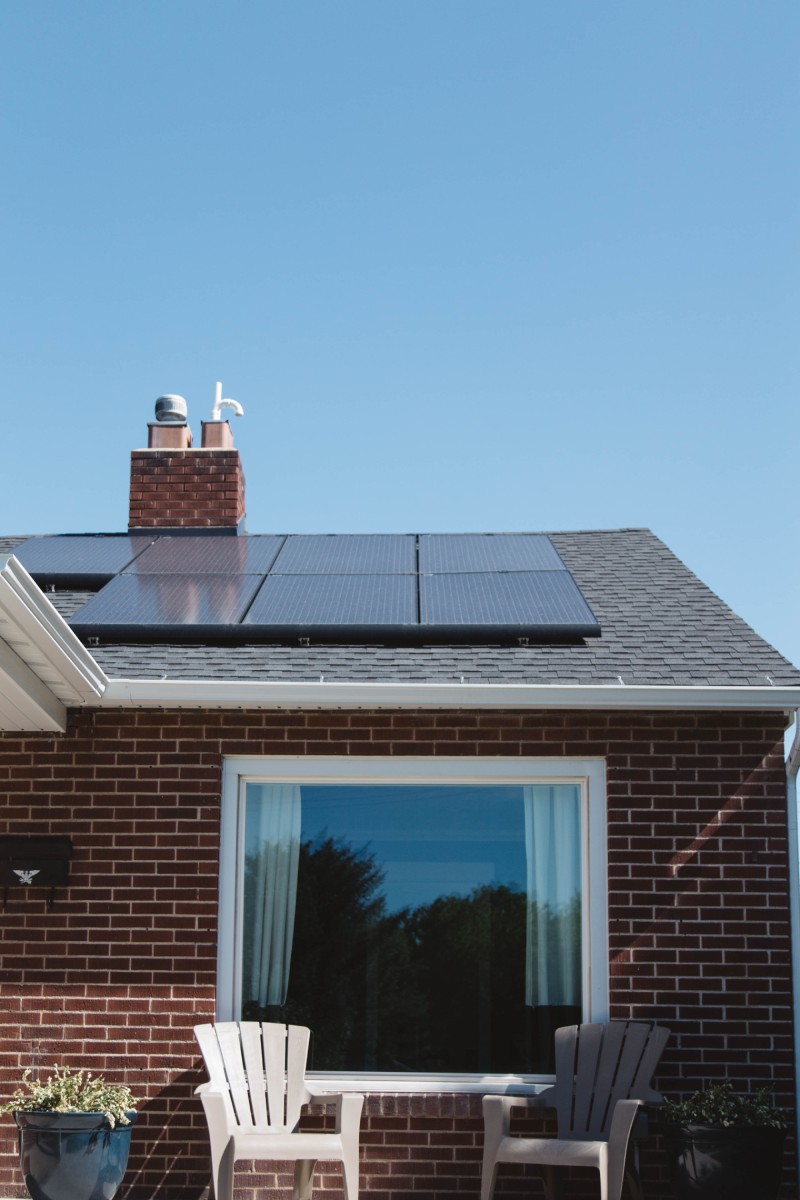
Long-Term Cost Savings of Sustainable Building
Investing in sustainable materials and energy-efficient systems may require an initial investment, but the long-term cost savings are substantial. Consider the following factors:
Energy Efficiency
By incorporating energy-efficient appliances, lighting systems, insulation, and windows, you can significantly reduce your energy consumption and utility bills. Energy-efficient homes are designed to maximize energy performance, resulting in lower energy costs over time.
Water Conservation
Implementing water-saving fixtures, such as low-flow toilets and faucets, as well as using drought-tolerant landscaping, can significantly reduce your water consumption and lower your water bills. Conserving water is not only environmentally responsible but also financially beneficial.
Available Financial Incentives and Rebates for Eco-Friendly Homes
To encourage sustainable building practices, many governments, organizations, and utility companies offer financial incentives and rebates. Explore the following opportunities:
Tax Credits and Grants
Check for available tax credits and grants that promote energy efficiency, renewable energy, and sustainable building practices. These financial incentives can help offset the initial costs of sustainable materials and systems.
Utility Company Rebates
Some utility companies provide rebates for installing energy-efficient appliances, solar panels, or other sustainable features. These rebates can help lower the upfront costs and accelerate the payback period of your eco-friendly home.
Green Building Certifications
Achieving green building certifications, such as LEED (Leadership in Energy and Environmental Design) or ENERGY STAR, can enhance your home’s value and make you eligible for additional incentives and grants. These certifications recognize homes that meet specific sustainability criteria.
Potential Increase in Home Value with Sustainable Features
In addition to the cost savings and financial incentives, integrating sustainable features into your home can potentially increase its value. Consider the following:
Growing Demand for Eco-Friendly Homes
As more individuals recognize the importance of sustainable living, the demand for eco-friendly homes continues to rise. Having sustainable features in your home can attract environmentally conscious buyers and potentially increase its market value.
Enhanced Energy Performance
Homes with energy-efficient systems and sustainable materials offer improved energy performance, which can be a significant selling point. Buyers are often willing to pay a premium for homes with lower energy costs and reduced environmental impact.
Reputation and Prestige
Owning an eco-friendly home demonstrates your commitment to sustainability and responsible living. This reputation and prestige associated with sustainable homes can contribute to an increase in home value.
By considering the long-term cost savings, exploring available financial incentives and rebates, and recognizing the potential increase in home value, you can make a strong financial case for building with sustainable materials and features.
Conclusion
As we conclude our exploration of building with sustainable materials to create an eco-friendly home, let’s recap the benefits, encourage readers to embrace eco-friendly home construction practices, and inspire a commitment to sustainable living and environmental stewardship.
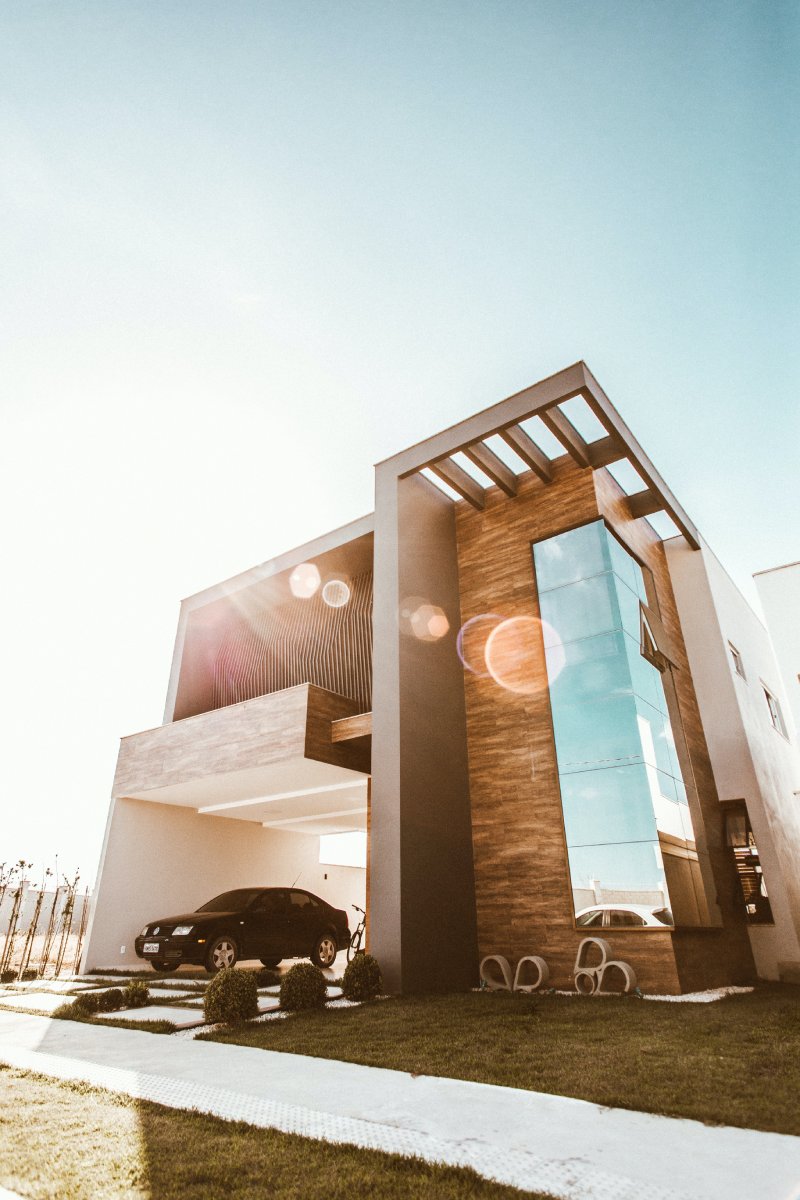
Recap of the Benefits of Building with Sustainable Materials
Building with sustainable materials offers numerous benefits that go beyond environmental considerations. By choosing eco-friendly options for your home construction, you can:
- Minimize the negative impact on the environment by reducing resource depletion, waste generation, and greenhouse gas emissions.
- Enhance energy efficiency, leading to reduced energy consumption and lower utility bills.
- Improve indoor air quality, promoting better health and well-being for you and your family.
- Increase durability and resilience, resulting in a longer lifespan for your home and reduced maintenance costs.
- Contribute to a more sustainable and resilient community by setting an example for others.
Embracing Eco-Friendly Home Construction Practices
Now that you are aware of the benefits, we encourage you to embrace eco-friendly home construction practices. Here are some steps you can take:
Educate Yourself
Learn more about sustainable building practices and materials. Stay informed about the latest innovations and advancements in eco-friendly construction. This knowledge will empower you to make informed decisions throughout your home-building journey.
Collaborate with Professionals
Engage with architects, contractors, and builders who specialize in sustainable design and construction. Seek their expertise and guidance to ensure your home is built to the highest environmental standards.
Prioritize Sustainable Materials
When selecting materials, prioritize those that are renewable, recycled, locally sourced, or have a low environmental impact. Consider factors such as resource extraction, manufacturing processes, and end-of-life disposal.
Optimize Energy Efficiency
Incorporate energy-efficient systems, appliances, and insulation into your home. Maximize natural light and ventilation to reduce the need for artificial lighting and mechanical cooling. Design your home to harness passive solar energy, further reducing energy demands.
Enhance Indoor Air Quality
Choose low-VOC (volatile organic compound) paints, finishes, and furnishings to improve indoor air quality. Opt for natural and non-toxic materials that do not release harmful chemicals into your living spaces.
Inspiring a Commitment to Sustainable Living and Environmental Stewardship
Building an eco-friendly home is just the beginning of a larger commitment to sustainable living and environmental stewardship. By adopting sustainable practices in your daily life, you can create a positive impact. Consider the following:
Reduce, Reuse, Recycle
Embrace a lifestyle that emphasizes reducing waste, reusing materials, and recycling whenever possible. Minimize your carbon footprint by consciously consuming and disposing of resources.
Conserve Water and Energy
Implement water-saving techniques and energy conservation measures in your home. Be mindful of your water and energy usage, and explore alternative renewable energy sources such as solar power.
Engage in Community Initiatives
Join local sustainability initiatives, community gardens, or environmental organizations. Collaborate with like-minded individuals to promote sustainable practices and create a greener community.
Educate Others
Share your knowledge and experiences with family, friends, and neighbors. Encourage them to embrace eco-friendly practices and spread awareness about the importance of sustainable living.
By building an eco-friendly home and embracing sustainable practices, you are not only creating a comfortable and healthy living environment for yourself but also contributing to a greener future for generations to come.


